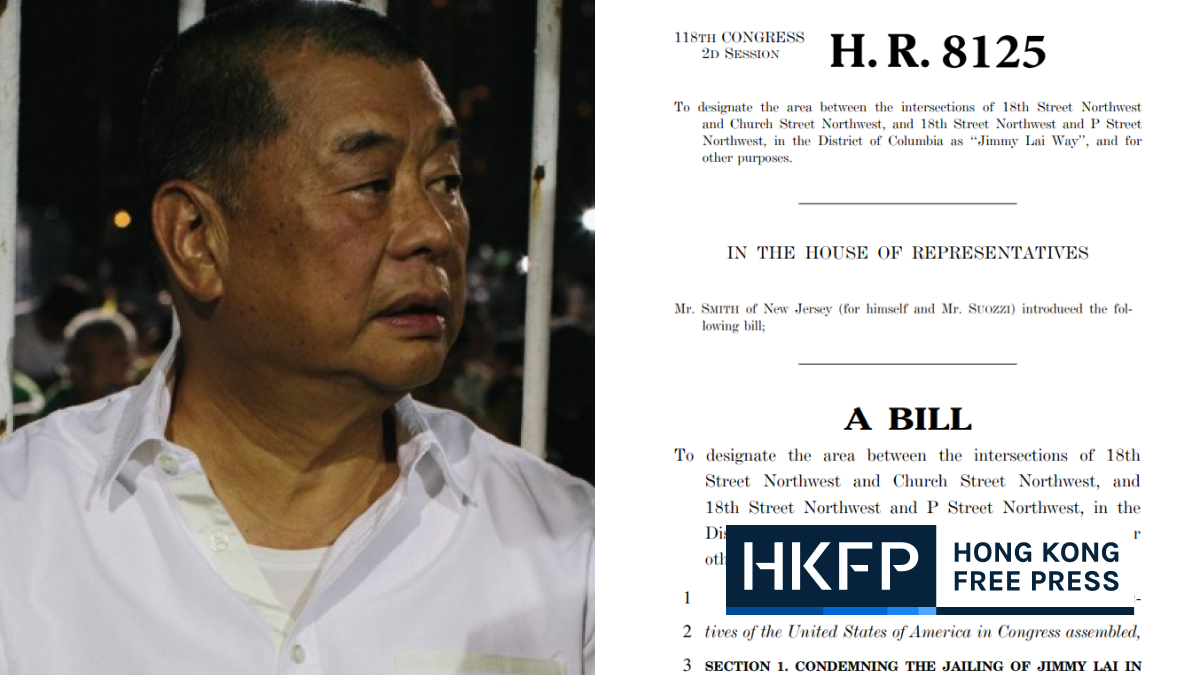A tiny brown pest, measuring no more than four millimetres, has triggered panic in Hong Kong in recent weeks, with authorities handing out warning leaflets at the airport following well-publicised bedbug outbreaks in the UK, France and South Korea.
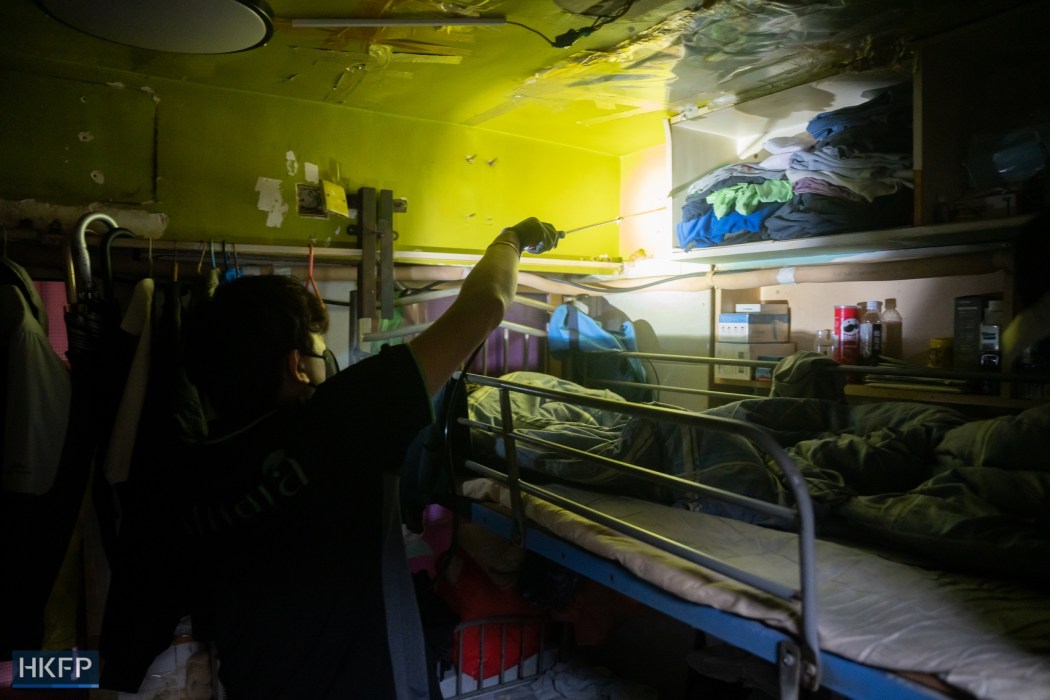
Online searches for “Hong Kong, bedbugs” have surged and photos thought to show bedbugs found on buses to Macau have hit the internet.
But bedbugs are already a grim fact of life for those Hongkongers who are crammed into bedspaces or tiny flats, as one expert is well aware.
Wong Hung, a social work professor at the Chinese University of Hong Kong (CUHK), said the pest had been a persistent but neglected nightmare for the city’s low-income families.
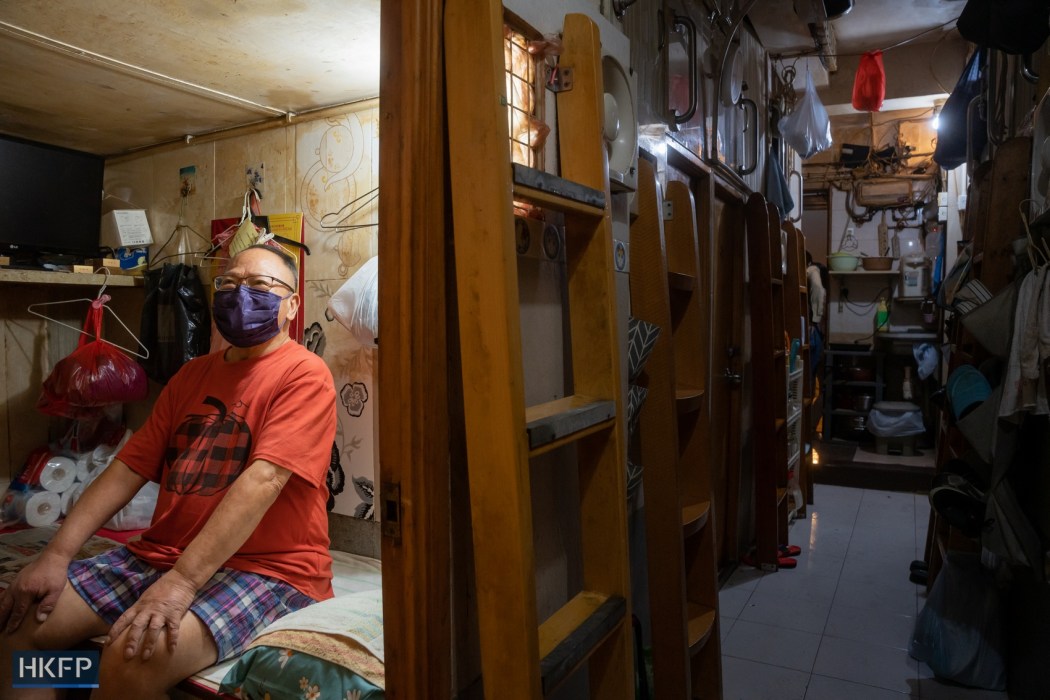
During visits to “cage” homes, as the city’s enclosed bedspaces are known, and subdivided flats, Wong has come across all kinds of bedbug stories. Some had to sleep at McDonald’s to escape the pests. Others who found it hard to move could only suffer in their small cubicles as the bedbugs bit.
Driven by residents’ misery, Wong in 2019 founded the Anti-bedbugs Research and Action Group along with CUHK scholars specialising in life science, public health and entomology. While bedbugs can infest any home – rich or poor, clean or dirty – the group found that low-income families living in subdivided flats are more vulnerable to infestation.
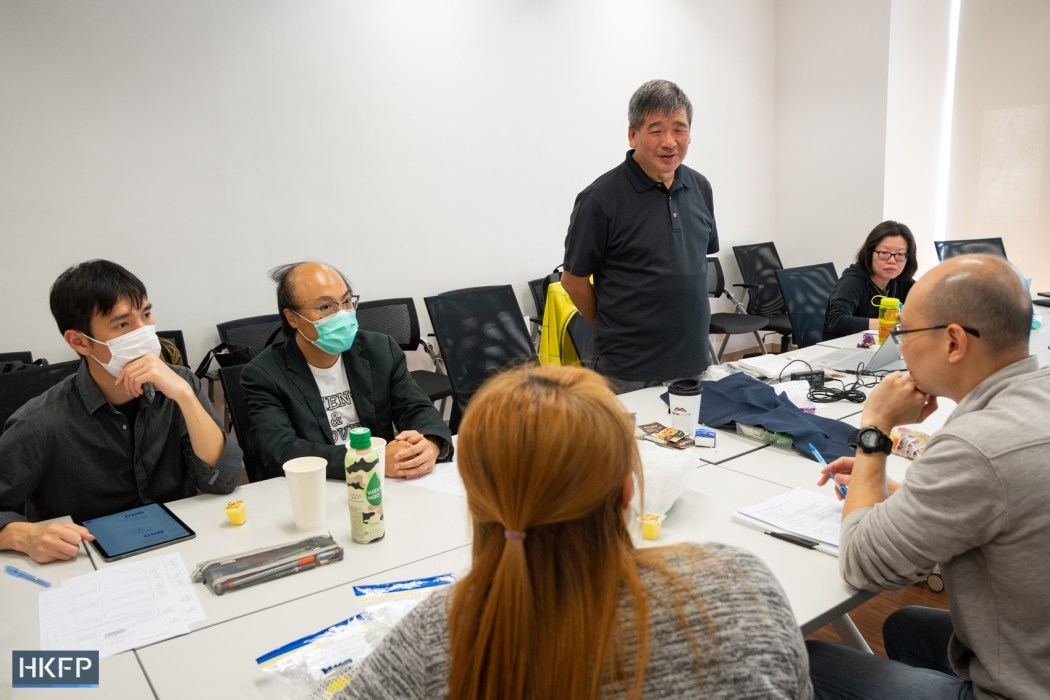
“Bedbugs are a long-standing issue in Hong Kong, and have caused a lot of suffering for low-income families, but the issue has failed to capture people’s attention as much as foreign outbreaks. Perhaps there is a class difference – now people realise even if you’re a middle class traveller, you will catch bedbugs,” Wong told HKFP in Cantonese.
‘Homeless is even better‘
Chan Chi-cheung, a 72-year-old man who lives alone, has spent every night recently on a steel bench downstairs from his home in a public housing estate.
“When neighbours asked why, I said I quarrelled with my family. I did not dare say it was because of bedbugs,” Chan told HKFP in Cantonese. Chan was once homeless but was allocated a public housing unit a few years ago after a 20-year wait.
However, the tiny intruders have plagued his home since the summer of 2021. “I left home and slept on the street again for over a month. When I returned, there were no more bedbugs, ” Chan said. But in early November they were back.
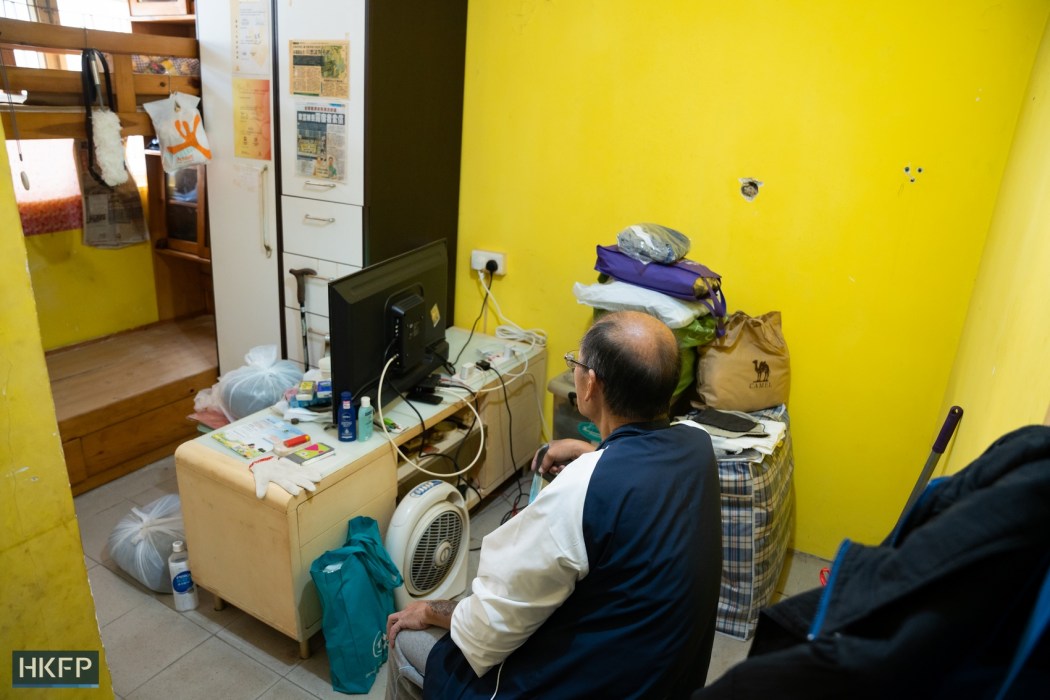
“I am food for the bedbugs! They bite after I fall asleep. It does not hurt while they are biting, but after only a few minutes, they start to feel itchy and painful. You just can’t sleep. ”
Chan said he had tried various pesticides but failed to eliminate the pests. Living on government welfare, he has no money to hire professional exterminators.
“Homelessness is better. You just sleep on the street, not many personal belongings for bedbugs to hide in.”
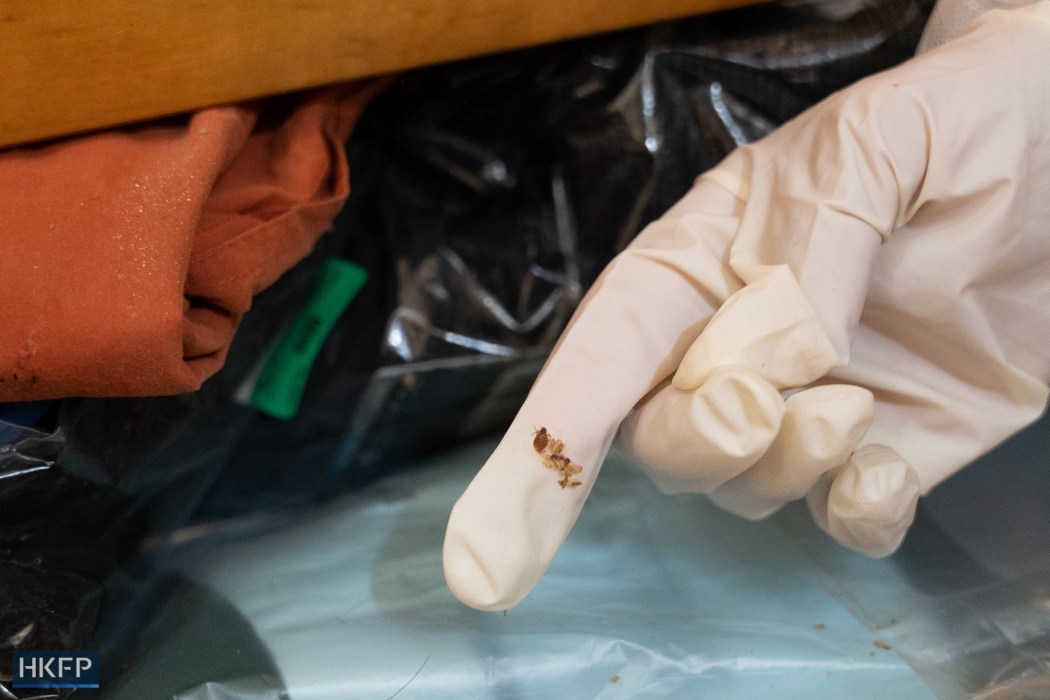
Chan said the pests also made him feel ashamed because many believe that infestations are caused by poor personal hygiene. “I love being clean and never collected second-hand furniture. I just can’t understand where the bedbugs are from,” he said.
In Sham Shui Po, social worker Sze Lai-shan has frequently encountered bedbugs. Sze, deputy director of the Society for Community Organisation (SoCO), first encountered the pests in 1995, when she joined SoCO and started to visit cage-home residents.
“Until now, most cage homes – sometimes called coffin homes – have bedbugs. Nine out of ten cage-home units have infestations,” Sze said, “Some residents even prepared glass bottles for bedbugs they catch.”

Hong Kong is notorious for sky-high private property prices and the average waiting time for rent-subsidised government flats is over five years. The queue for non-elderly single people is longest – with a wait of over 10 years. Many families and individuals must squeeze into tiny private living spaces.
There are “coffin” homes where a 500 to 600 square foot unit is partitioned into 20 to 30 bunk beds, each the size of a coffin. Many families must settle for subdivided flats with little or no spare room.
Sze said the more crowded the household and the shabbier the accommodation, the higher the risk of bedbug infestation.

For years, SoCO social workers have partnered with exterminators to provide regular free bedbug treatment services for low-income families. But the results have not been satisfactory.
“Many residents said bedbugs disappeared [after the professionals visited], but the pests returned after around a month,” Sze said.
Health inequality
Hong Kong authorities do not compile any data on bedbug victims, the scale of local transmission or any impact of the infestations on families.
Roger Chung, a member of the Anti-bedbugs Research and Action Group and an associate professor of public health at CUHK, told HKFP that bedbugs are a neglected public health issue in the metropolis.
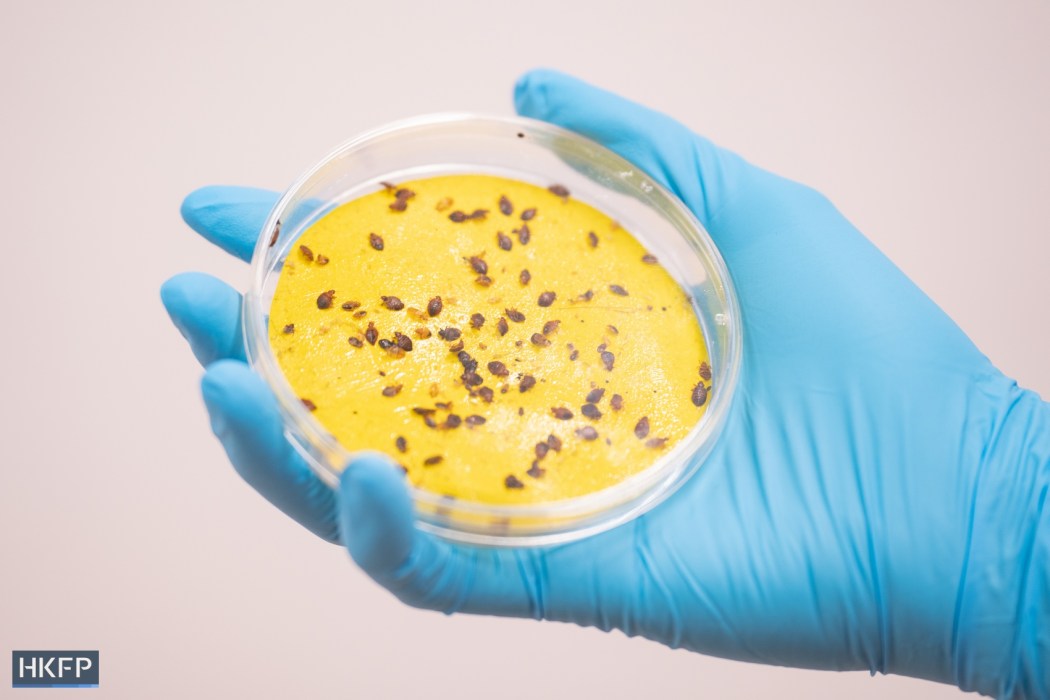
“Health bureaus across different countries used to pay little attention to bedbugs because the pest does not transmit vector-borne diseases like mosquitoes [do],” Chung said in Cantonese. “But it is not just about pests biting. They affect people’s sleep, their mental health, their self-esteem and economic condition.”
By collecting data through online self-reported questionnaires, the group reached out to 663 residents in 2019 and 2020 – 422 of whom, or about 64 per cent, reported bedbug infestations over the past year.
Most live in Kowloon, where over 50 per cent of subdivided flats are located, according to the Census & Statistics Department.
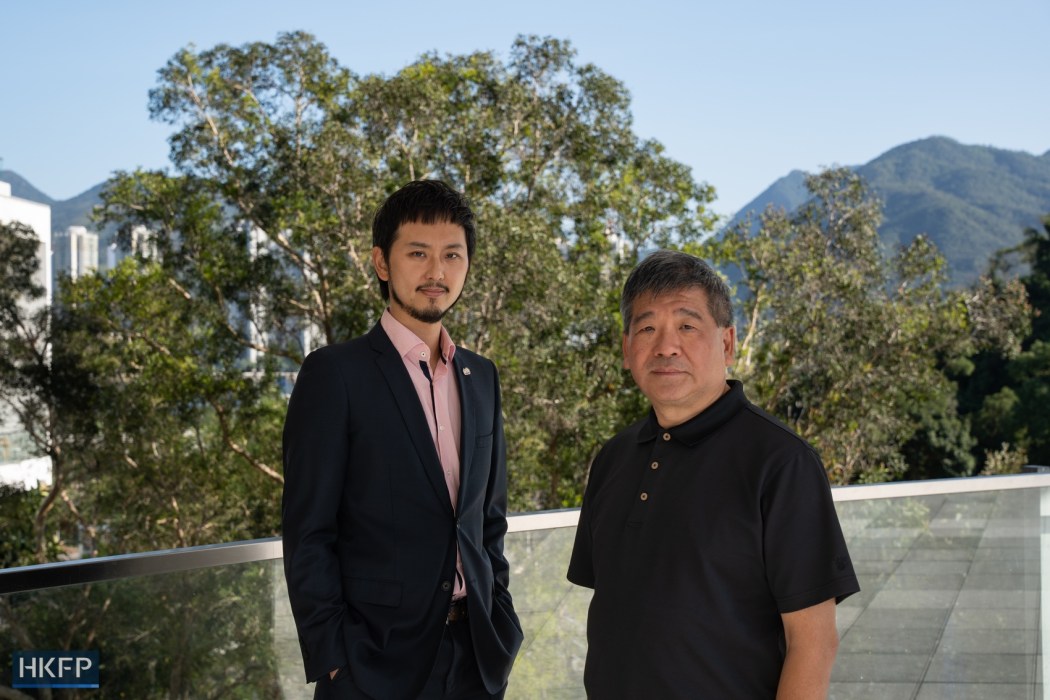
“Just like any public health issue, bedbug infestations reveal the social problem of health inequality,” Chung said. According to the group’s studies, crowded households and lower incomes are major risk factors.
“It’s not only an issue of personal hygiene. Many clean homes are infested,” Chung said. “They lack the resources to deal with the pest. Even if you clean your own unit, the pest will return soon as they might have already infested neighbouring units.”
Most bedbug victims reported a moderate to severe impact on their mental and emotional health and sleep quality, which affected their work, the group’s study found.
“It thus brings a vicious cycle which is not easy to break, ” Chung said.
A grey area
In the US, where bedbugs have caused panic in many cities after infesting retailers, movie theatres and office buildings in 2010, the pest is now viewed as a public health issue. Some US states, including New York, passed laws that year requiring landlords to inform tenants about bedbugs.
According to the New York City Department of Health and Mental Hygiene, bedbug infestations are considered violations of the law and landlords must correct the problem within 30 days. Building owners should also file a report on bedbugs every year.
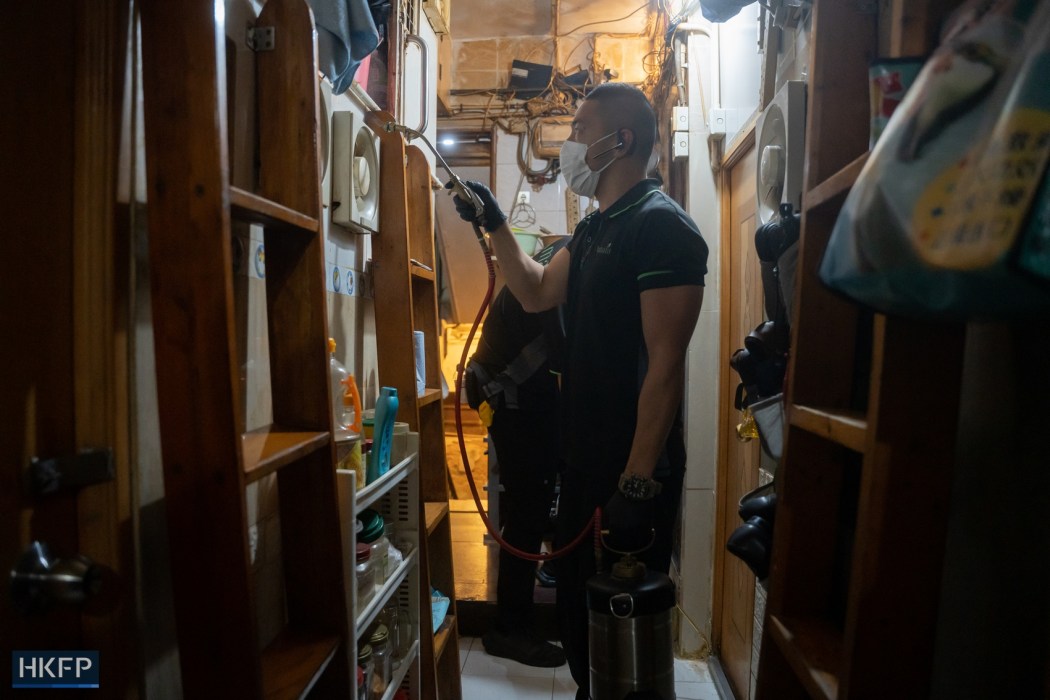
“Tenants in New York City have the right to a bedbug-free environment,” the department stated online.
In Hong Kong, there are currently no laws mentioning bedbugs and liability for controlling the pests is a grey area.
Chan Wai-Keung, vice-president of the Pest Control Personnel Association of Hong Kong, told HKFP that bedbugs did not fall under the jurisdiction of any government departments.
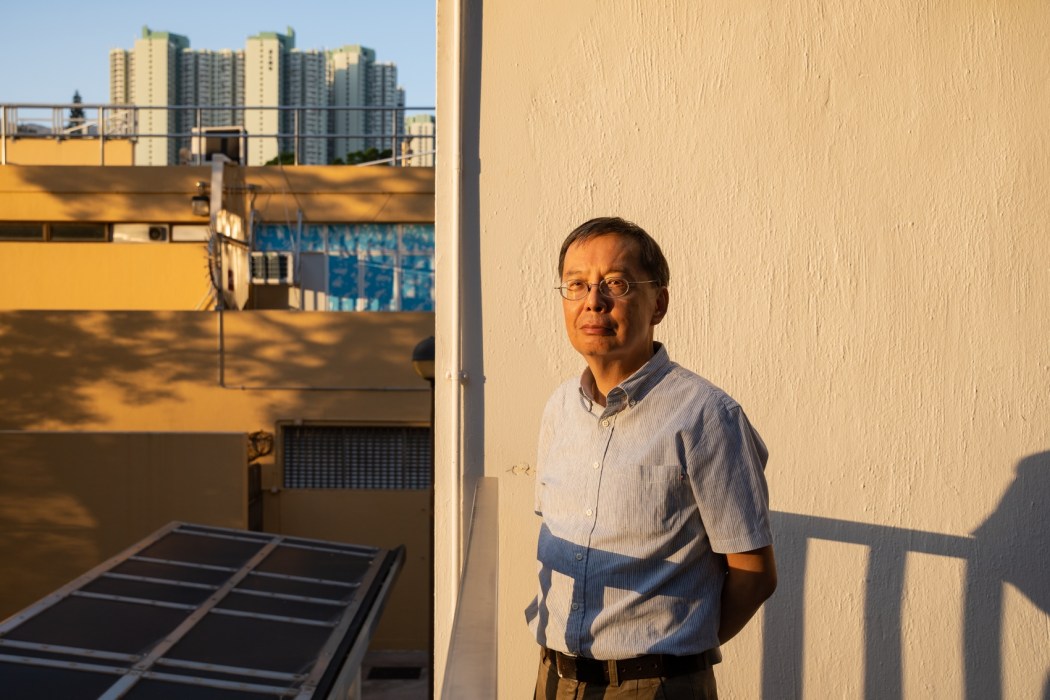
“The government just has not paid attention to this issue because bedbugs do not transmit diseases directly,” Chan said in Cantonese. The expert said he started to dealt with bedbugs in 2000, when some affluent households contacted the pest control company he was working with to seek help.
“Initially we just didn’t know how to kill them. It’s hard as we can’t leave any bait – the pest only feeds on human blood, ” Chan said. Later he learned that the pest cannot survive heat and can be killed with steam. The steam must be pressurised to penetrate cracks or holes.
“But it’s still hard to eliminate bedbugs. I provide a warranty for controlling cockroaches or mice, but for bedbugs I have no warranty,” Chan said.

Following recent overseas outbreaks, Warner Cheuk, the deputy chief secretary for administration, said last month the city’s main policy against bedbugs was to “prevent foreign transmission.”
Authorities begun giving arriving airport passengers leaflets warning them about bedbug transmission, and met with representatives of the hospitality industry over bedbug prevention in early November.
Regarding the victims in subdivided flats, Tse Chin-wan, Environment and Ecology Bureau Chief told lawmakers on November 29 that local care teams would disseminate leaflets on “maintaining environmental hygiene” and means of pest control.
For victims living in public housing, Tse said the Housing Department would provide assistance “depending on the situation” or refer them to social welfare organisations.

In response to HKFP, Cheuk said the public should refer to Tse’s answers at the Legislative Council, adding that the Food and Environmental Hygiene Department would “provide technical advice” on bedbugs for NGOs and volunteers.
The Deputy Chief Secretary for Administration did not respond as whether bedbugs are considered a public health issue in the city, whether relevant laws would be established, or whether the government would provide more substantial measures to help bedbug victims.
Folk force
Until authorities step in, volunteers and social workers will continue to do what they can to help.
Hin, a structural engineer and an adjunct lecturer at HKUSPACE, founded the Built & Wish Voluntary Team in 2015 to serve low-income families living in inappropriate housing. He asked to be known only by his first name due to the nature of his full-time job. The team was initially focused on providing free second-hand furniture to people in need, but soon bedbug victims rushed to seek help.
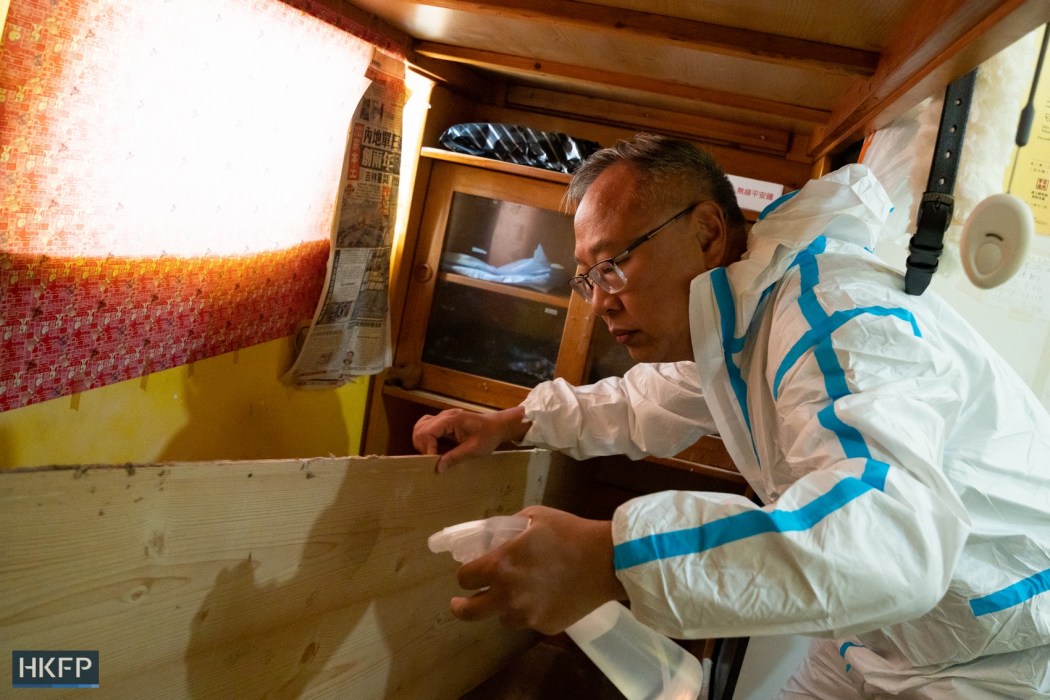
Hin, who is not a pest expert, reached out to professional companies and various government departments for advice. He also attended a course on pest control at the School of Professional and Continuing Education at Hong Kong University.
For Hin, to eliminate bedbugs in a housing unit, speed and working procedures matter. “Bedbugs reproduce very quickly, and we need to race against them, spreading diatomaceous earth (DE) as widely as possible,” he said.
DE, a white powder with low toxicity, is often used in pest control because it dehydrates pests and kills them. “We also try to replace all infested furniture. But before abandoning the furniture, we need to spread DE powder on it and wrap it up. Otherwise, bedbugs will infest the community,” Hin said.
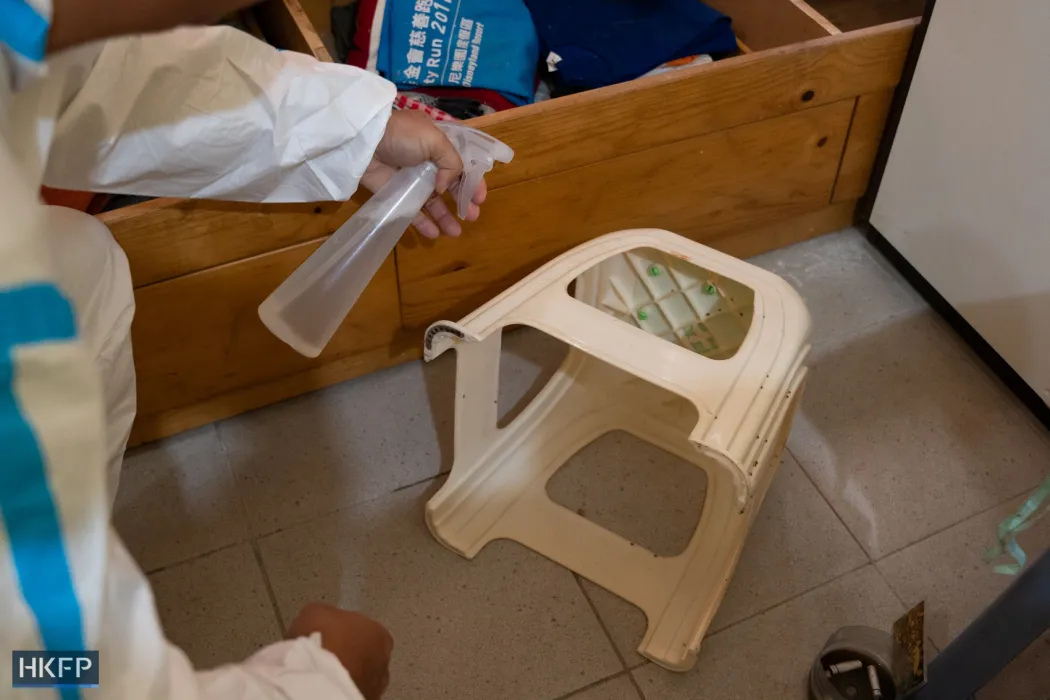
Over the past six years, the team, with 80 anti-bedbug volunteers, has provided free pest control services to around 300 families. “Now we receive new cases every month transferred by social workers. Many of them are elderly people living on their own, people with disabilities, and also people living in apartments with wood partitions. ”
Hin has noticed a rising number of bedbug victims at some public housing estates and is worried about possible outbreaks. “Within a couple of weeks, we had received new cases living in the same public housing estates,” he said.
However, compared to coffin-homes or subdivided flats, public housing units are easier for controlling pests. For years, Hin said there was not one landlord who had cooperated with them to kill bedbugs. “And it’s really hard to coordinate over 10 units of residents.”
New way out?
With lab tests and empirical studies, the anti-bedbug group at CUHK is now testing a new way of killing the pests: with fungal spores. This treatment has already been put into industrial production in the US.
But in Hong Kong, with bedbug species different from those in the US, the group needs to identify the right fungus and the appropriate way to spread the spores.
Wong Hung said the team had applied three times in vain for government funding through the University Grants Committee. Now they rely on private funds for research and lab testing.

Wong said the problem must be tackled at the community level. He has not been able to forget one bedbug victim who lived in a wooden-partitioned cubicle in Sham Shui Po. The elderly man had had a leg amputated and seldom went out – trapped in his tiny cubicle and tormented by bedbugs.
The group organised volunteers who worked for three days on pest control. “Things were better for a few days. But after a week, the landlord asked the elderly man to move out because he wanted to furnish the unit – right after we had finally cleaned the unit and got rid of bedbugs.” Not long afterwards the elderly man died in hospital.
“We only wish that the old uncle did not suffer from bedbugs in heaven, ” he said.
Support HKFP | Policies & Ethics | Error/typo? | Contact Us | Newsletter | Transparency & Annual Report | Apps
Help safeguard press freedom & keep HKFP free for all readers by supporting our team

LATEST FROM HKFP
HKFP has an impartial stance, transparent funding, and balanced coverage guided by an Ethics Code and Corrections Policy.
Support press freedom & help us surpass 1,000 monthly Patrons: 100% independent, governed by an ethics code & not-for-profit.






